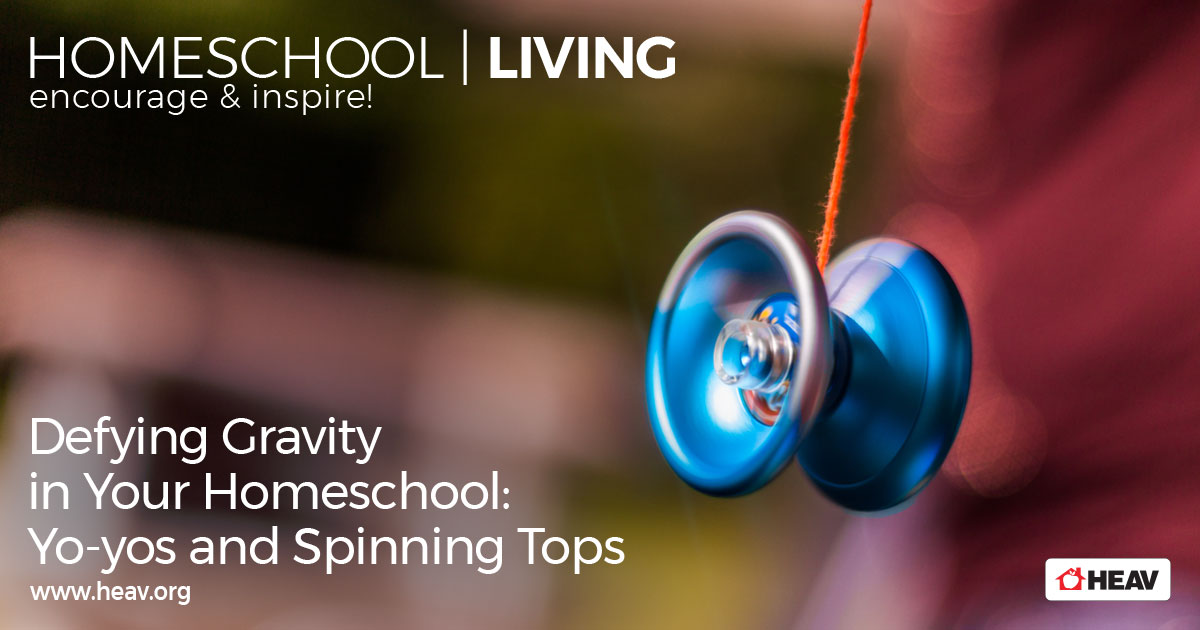5 Tips for Homeschooling Kindergarten
The beginning of the homeschool year is especially exciting–and nerve-wracking!–when you’re starting your child off on his kindergarten journey. Worrying about whether you’re teaching the right things or enough lessons can take a lot of energy and enthusiasm out of you, and make it easy to lose sight of the bigger picture. While it is important to have specific learning goals for the year and to know what is required by law, it is more important to build on your child’s natural enthusiasm for learning to help shape his or her lifelong attitude toward education. Check out these five tips for homeschooling kindergarten for fun hands-on learning activities, encouragement, curriculum and lesson ideas, and more.
1. Mix and match kindergarten curriculum to find what works best for you.
It can be tempting to pick a curriculum and follow it through, and that may work well for some homeschoolers. But, especially in the early years, when you’re learning what works best for your homeschool and your child, experimenting with different curriculum, lesson styles, and activities gives you more of an opportunity to see how your child learns, what engages them, and to ease them into more structured learning. This blog post shares some resource recommendations and more tips for homeschooling kindergarten.
2. Don’t underestimate the importance of reading.
Your kindergartener doesn’t need to be–and likely won’t be–reading independently by the end of the year. If they’re ready–great! But the most important thing you can do is to read to your kindergartener. In addition to enhancing vocabulary, improving listening skills and attention span, and much more, the act of incorporating reading into your daily routine will give your child plenty of opportunity to pick up skills naturally.
3. Consider non-academic achievements and benchmarks as well.
One of the best parts of homeschooling is having the ability to determine what is important in your child’s education and to pursue goals in the manner that is best for each individual child. Especially in early years, learning how to participate in structured lessons, communicate questions and answers, and understand and appreciate their relationship with education as a whole are just as important as learning to print letters, identify colors, and other basics. This suggested list of kindergarten goals is a great balance of cognitive and behavioral benchmarks–with a reminder not to pressure kids that haven’t mastered everything by the end of kindergarten. Children learn and develop differently–and that’s okay! That’s one of the reasons we homeschool, and one of the biggest blessings is being able to recognize and meet those different needs.
4. Use hands-on activities for engaged learning.
The more senses you can engage in a learning activity, the more tools a student will have to understand and retain the information. Plus, hands-on things are just more fun! This blog post shares tons of hands-on activities you can use with your kindergartener to reinforce concepts in language, math, science, and more.
5. Know what is required for kindergarten in your state.
It is important to know what is required in the state in which you plan to homeschool. You can find the answers to many questions regarding how to begin homeschooling kindergarten, what notification is required in Virginia, and more, here.









